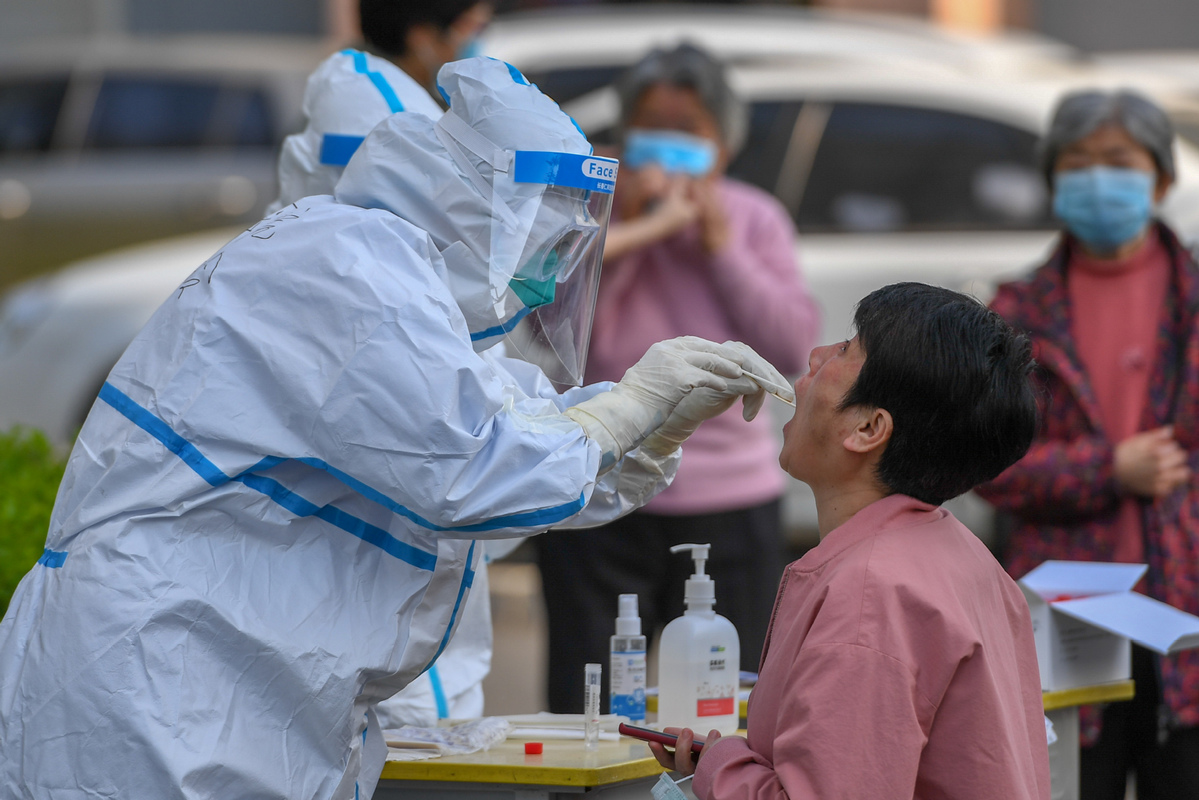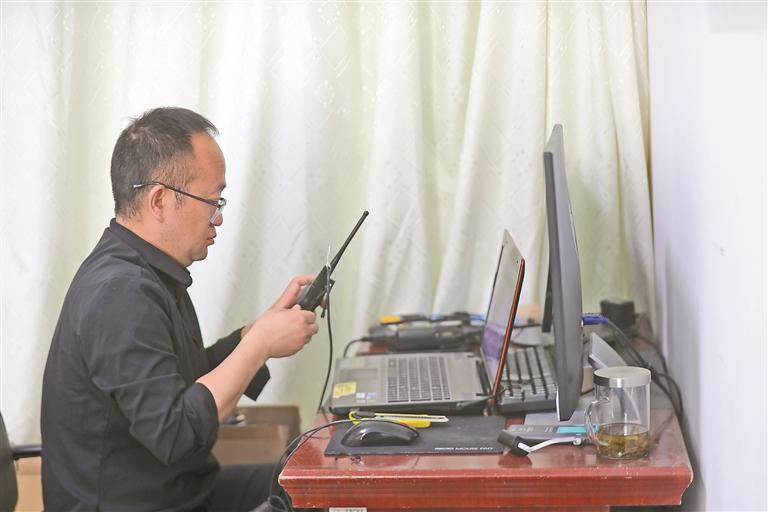China looks to improve public health system


China plans to ramp up its public health infrastructure and boost regional treatment capabilities for infectious diseases in order to strengthen weak areas exposed during the COVID-19 pandemic, according to a plan released by the National Development and Reform Commission and two other government bodies on Wednesday.
Under the new plan, each provincial-level region in China will have at least one P3-level biosafety laboratory, the second-highest level in a four-tier system. Each city-level area will be equipped with at least one P2-level facility capable of conducting tests on pathogens of contagious illnesses and other health risk factors.
The Chinese Center for Disease Control and Prevention and its provincial-level institutions will be required to step up their abilities to provide definitive testing results and rapidly respond to a sudden outbreak of infectious disease, according to the plan, which was jointly published with the National Health Commission and the National Administration of Traditional Chinese Medicine.
The country will also invest in upgrading existing storage banks for bacterial and viral strains at the China CDC and support the establishment of new banks at regional disease control centers.
In order to increase the recovery rate and reduce mortalities during a major viral outbreak, the plan also requires each province to set up one to three treatment bases that will be tasked with treating patients in severe condition and storing emergency materials.
The bases can be established at local hospitals that specialize in infectious and respiratory diseases or intensive care. Renovation steps will include increasing the number of hospital beds and equipment required for intensive care, refitting fever clinics and examination departments, building convertible wards that can be promptly transformed for treating severe cases and stocking an adequate amount of emergency equipment.
The plan also requires infrastructure at county-level hospitals to be improved and asks local authorities to coordinate the development of village clinics, community medical centers and other primary care institutions.
In urban areas, infectious disease hospitals or general hospitals with isolated infectious disease areas will be upgraded or refitted to shoulder the responsibility of training medical workers and receiving patients when an outbreak strikes.
In addition, the plan said that when building or renovating large public facilities, local authorities should take emergency medical needs into consideration in terms of ventilation design, the layout of pipelines and logistics considerations.
During the domestic COVID-19 epidemic, temporary treatment centers converted from stadiums, exhibition centers and sports centers in Wuhan, Hubei province-the hardest-hit city in China-played a significant role in saving lives and cutting transmission, health experts have said.
The plan added that central and regional finance departments will coordinate the allocation of funds. Local authorities should devise detailed measures and adjust their spending and investment strategies to ensure that sufficient funds will be devoted to strengthening their public health and medical networks.
- Five trapped in coal mine flooding in Northeast China
- Long March 5 rocket deploys tech demo satellite into space
- China launches communication technology test satellite
- Spokesperson warns against aggression toward mainland fisherman
- Lhasa wetland reserve recognized as world's highest altitude wetland
- Chengdu woman sentenced for fatally stabbing neighbor




































